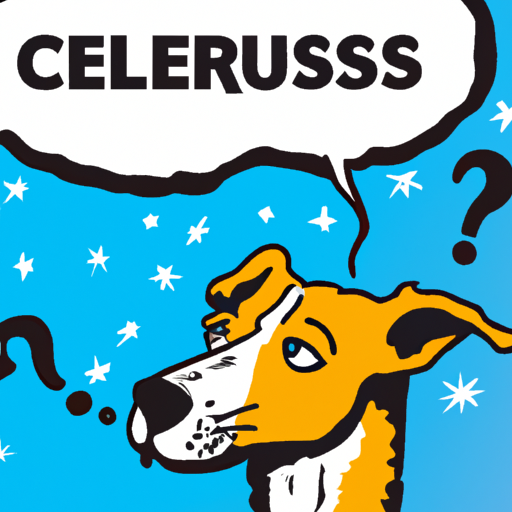Understanding Canine Reverse Sneezing
When your furry friend starts to make odd snorting noises, don’t be alarmed. This is known as reverse sneezing. In contrast to a regular sneeze where air is expelled out of the nose, a reverse sneeze involves air being rapidly pulled in. This results in a distinctive and somewhat alarming noise that can be distressing for an unknowing dog owner. But don’t worry, it’s usually harmless and rarely requires treatment.
The Causes of Reverse Sneezing
The exact cause of reverse sneezing is not fully understood. However, common triggers include:
- Excitement
- Exercise intolerance
- A tight leash
- Allergens
- Sudden changes in temperature
- Perfumes and household chemicals
Some breeds are more prone to reverse sneezing than others, particularly small and brachycephalic breeds like terriers, pugs, and bulldogs.
Deciphering the Signs
You’ll know your dog is reverse sneezing when you see and hear unusual snorting, gagging, or gasping noises. They might also stand still, extend their neck, and appear to be inhaling rapidly. Although it may seem like your dog is struggling to breathe, reverse sneezing episodes are generally harmless and last anywhere from a few seconds to a minute.
Managing Reverse Sneezing
While reverse sneezing is typically harmless, it can be distressing for you and your dog. Here are some tips to manage an episode:
- Stay calm: Your dog will look to you for reassurance.
- Gentle massage: Rub your dog’s throat lightly. This can help to stop the spasms.
- Distract them: Sometimes, getting their mind off the sneeze is all it takes.
Remember, while reverse sneezing is generally harmless, if the episodes increase in frequency or severity, it’s time to consult your vet.
Preventing Reverse Sneezing
While it’s not always possible to prevent reverse sneezing, you can reduce the likelihood by:
– Avoiding triggers like allergens and household chemicals.
– Using a harness instead of a collar to prevent pressure on the throat.
– Maintaining a healthy weight for your dog.
| Tips for Prevention | Effectiveness |
|---|---|
| Avoid allergens | High |
| Use a harness | Moderate |
| Maintain healthy weight | High |
FAQ
Q: Is reverse sneezing a sign of distress?
A: While it can be alarming, reverse sneezing is typically harmless and not a sign of distress.
Q: Should I take my dog to the vet?
A: If the episodes increase in frequency or severity, it’s time to consult your vet.
Q: What breeds are more prone to reverse sneezing?
A: Small and brachycephalic breeds like terriers, pugs, and bulldogs are more prone to this.
Q: Can reverse sneezing be prevented?
A: While not always preventable, avoiding known triggers and maintaining a healthy weight can help.



